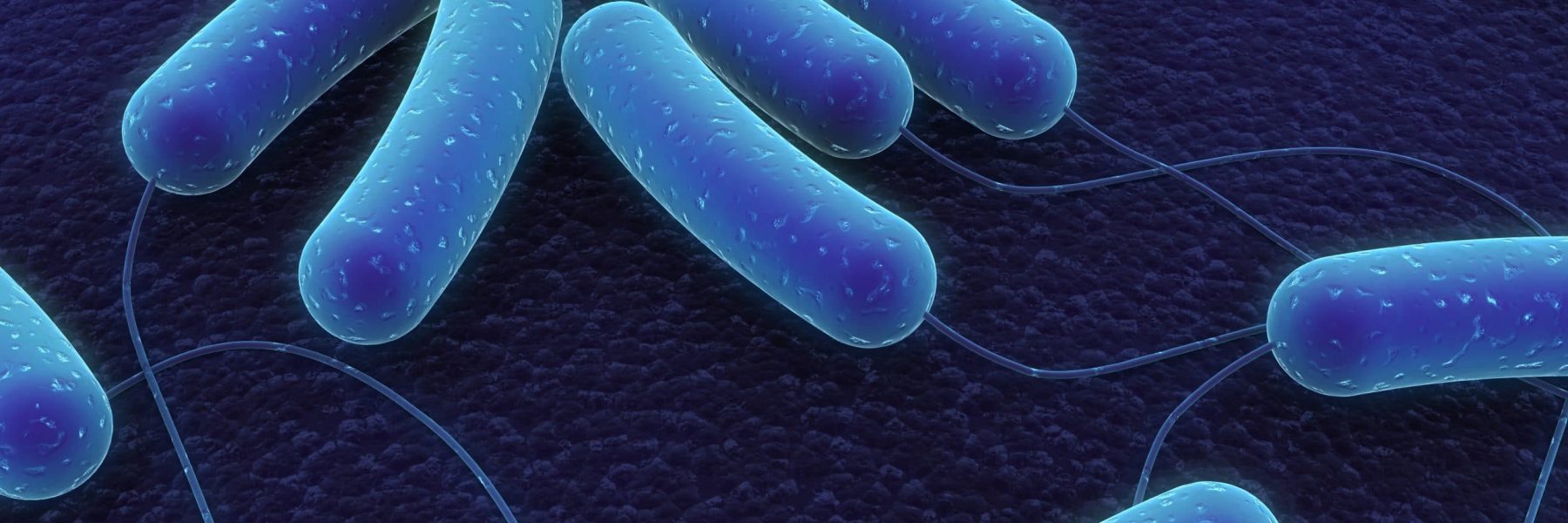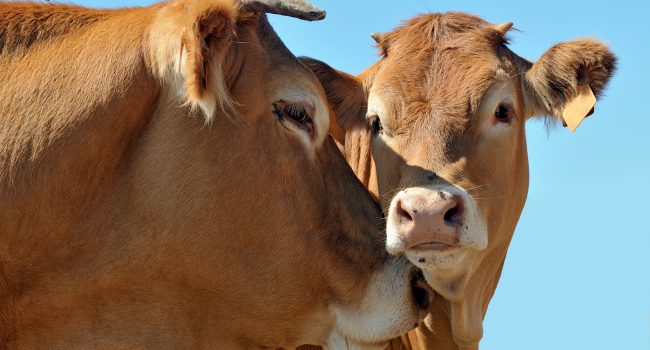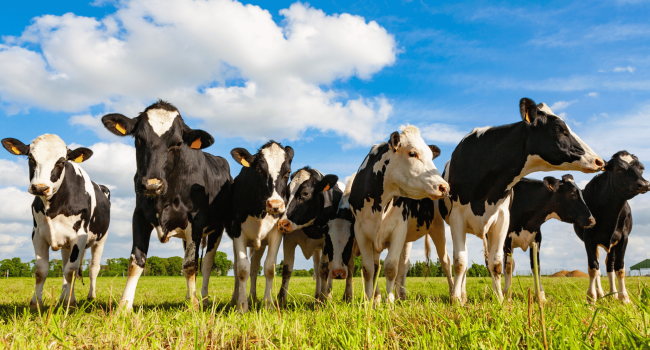Weaning period
At this stage, piglets have several challenges for making a successful weaning:
Adaptation to the feed intake: one of the main target for the farmer is to insure that the piglets will eat properly after weaning. Longer will be the time without eating at weaning, higher the risk of diarrhoea will be;
Adaptation to the feed distribution, from milk suckled at the sow to a solid feed;
Feed composition changes: from milk containing lactose to a prestarter feed containing mainly plant-based raw-material (with new nutrients as starch for example).
Adaptation to a new environment: from farrowing crate to post-weaning pen, with possible variation of the microflora present in the environment
All those changes require an adaptation of the digestive microflora. It will lead to higher digestive risk via a gut microbiota dysbalance involving diarrhoea and a loss of performances. Collibacillosis infection are one of the most frequent in piglets and are caused by an over multiplication of Escherichia coli in the gut.
Diarrheic E.coli can be split into several categories based on their virulence properties. Strains O141K85, O138 and O139 belong to the E.coli category of « Attaching and Effacing » (AEEC) and more specifically to the group producing Verotoxin (VTEC group). Those toxins involve lesions of endothelium vessels, modify vascular permeability, leading to post-weaning diarrhoea and development of oedema.
E.coli strains O157K88 and K99 belong to the group of Enterotoxigenic E.coli (ETEC). This bacterial strain involves severe neonatal and post-weaning diarrhoea.
CeC mode of action
To support piglets’ microbiota and growth during challenging period as weaning but also to insure a well-balanced and secure microflora during the whole life of the animals, a unique and patented Copper Exchanged Clay has been developed by ADM. This solution is a combination of copper ions at very low level[1] and a synthetic zeolite having anti-microbial properties and able to specifically target pathogenic bacteria and have a limited action against beneficial bacteria.
Several in vitro trials results are available and highlight the benefits of CeC over different strains of bacteria found in farms involving infections, clinical consequences as diarrhoea, mortality and leading to economic loss. CeC is efficient on pathogenic bacteria independently if they are Gram-negative (Escherichia coli…) or Gram positive (Clostridium perfringens, Streptococcus suis…).
The graph (Figure 1) below demonstrates the efficiency of CeC on several Escherichia coli strains (O141K85, O157K88, O138, O139 and K99) responsible for diarrhoea in swine farms and resistant to antibiotics. The two E.coli strains O141K85 and O157K88 come from national strains bank and strains O138, O139 and K99 are isolated from the farm. Clostridium perfringens and Streptococcus suis were also tested.
With CeC, bacteria population was decreased from 4 log10 to 6.2 log10. It is commonly considered that 1 log reduction is equivalent to a reduction of 90% of the bacterial population, 4 log corresponds to 99.99% of reduction, and 5 log to 99.999%. Consequently, CeC is able to reduce the microbial population of all the strains tested and responsible of diseases on swine.
Bacteria inhibition curve with the application of CeC
Figure 1: Inhibition curves with the application of CeC
This selective modulation of the gut microflora thanks to CeC has also been proved through published in vivo trial.
[1] 1000 times lower than the copper content in piglets feed permitted in the EU
Optimisation of productivity
The link between the necessity to have a well-balanced microbiota and productivity is not new but more and more recent scientific information highlight the strong role that microbiota can also play on other physiologic role.
CeC is backed up by scientific evidence: A synthesis of 35 trials results is presented below (Figure 2). The synthesis, firstly compares control pre-starter and starter diets with CeC supplemented feed. Those trials were performed in R&D conditions and on farm conditions.
On an average of 10 trials run on prestarter period (28-42 days), the weight gain increased by +5.5% and the Feed Conversion Ratio (FCR) decreased by -1.0%. The results in prestarter period are more heterogeneous than in starter period due the difficulty for some animals to eat.
Then in starter period, on a synthesis of 17 trials run between 42 days to 69 days, CeC was able to increase the weight gain by +4.7% and reduced the FCR by -2.1%.
CeC, by acting as a microflora modulator in the gut, helps piglets to face the challenging post-weaning period and consequently, to improve the performances.
CeC is not only efficient for piglets after weaning but good results have been obtained on the whole breeding period: in grower and in finisher. On a synthesis of 8 trials run between 70 days to 160 days, CeC was able to improve ADG by +1.8% and contributed actively to the improvement of the feed efficiency by a reduction of the FCR by -3.4%.
CeC supplemented feed trial results synthesis
Figure 2: Synthesis of 35 trials with CeC supplemented feed
Therefore, CeC is an efficient solution on swine production to improve performance thanks to a better control of the microbiota.
CeC, an efficient solution
The in vitro inhibition trials on several pathogenic strains commonly found on swine farms and especially E.coli strains showed that CeC is able to inhibit both the gram-negative and gram-positive bacteria strains tested. Based on these in vitro trials, CeC can be considered as an efficient solution to help in reducing the main pathological bacterial population in the gut.
Obviously, in vitro trials alone are not sufficient to validate the efficiency of a feed additive. That is why the synthesis of results confirmed those in vitro results and the importance of modulating the microbiota to insure gut health and performances. By helping to ensure a well-balanced gut microflora on swine from the most critical period – weaning – to the finisher phase, CeC involves a regular and reliable improvement of performances, specifically about ADG, FCR.


